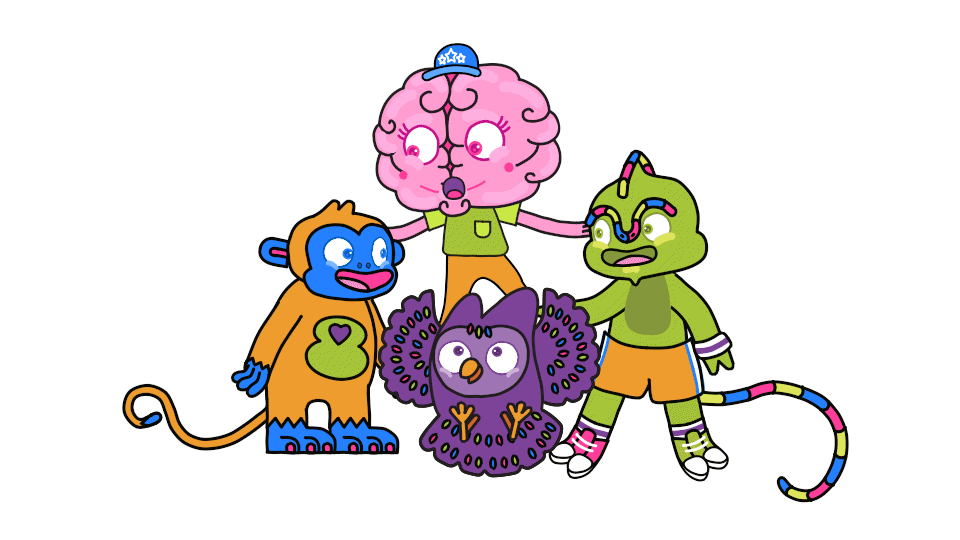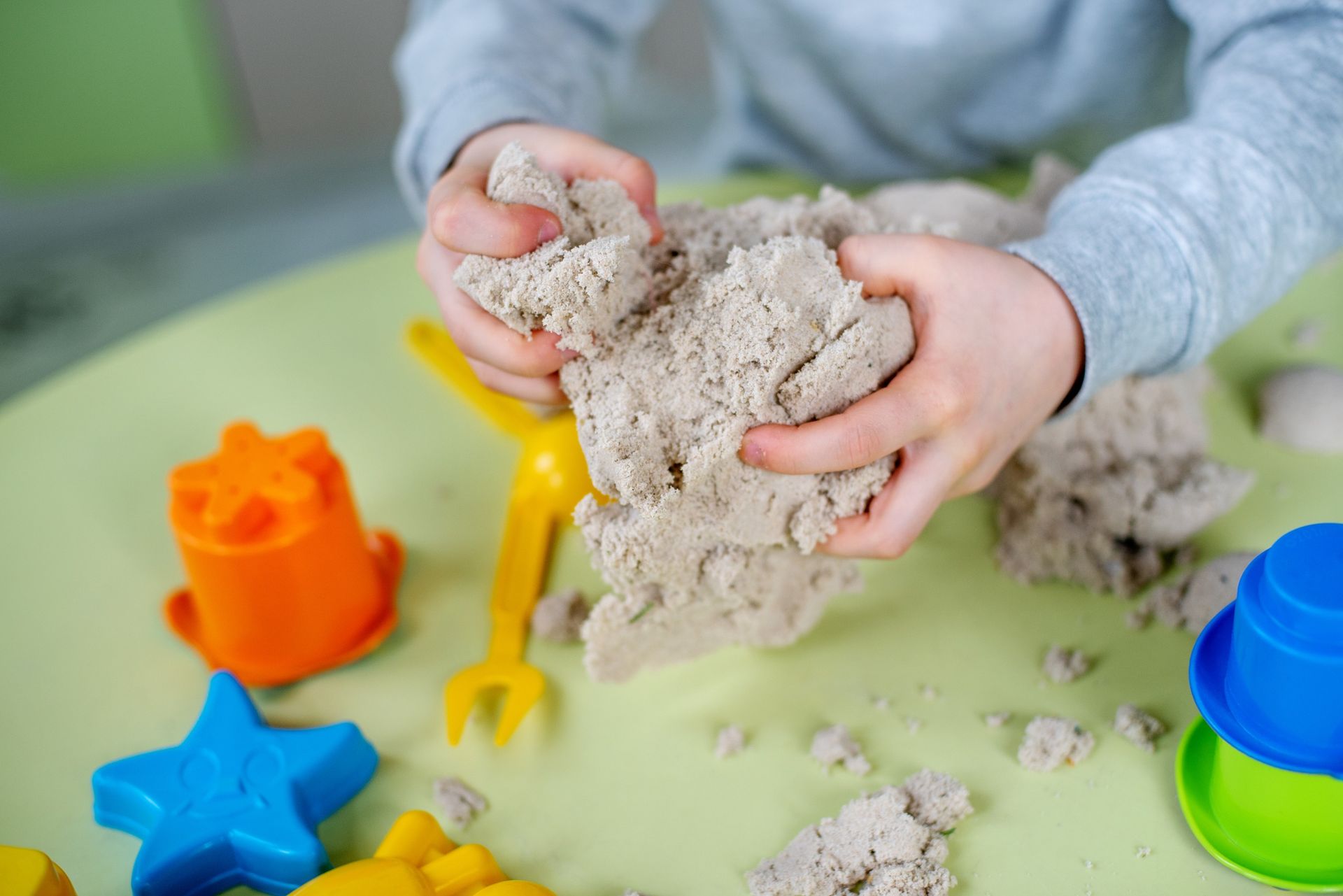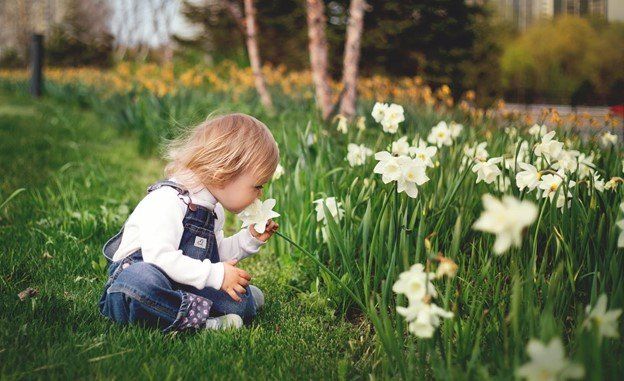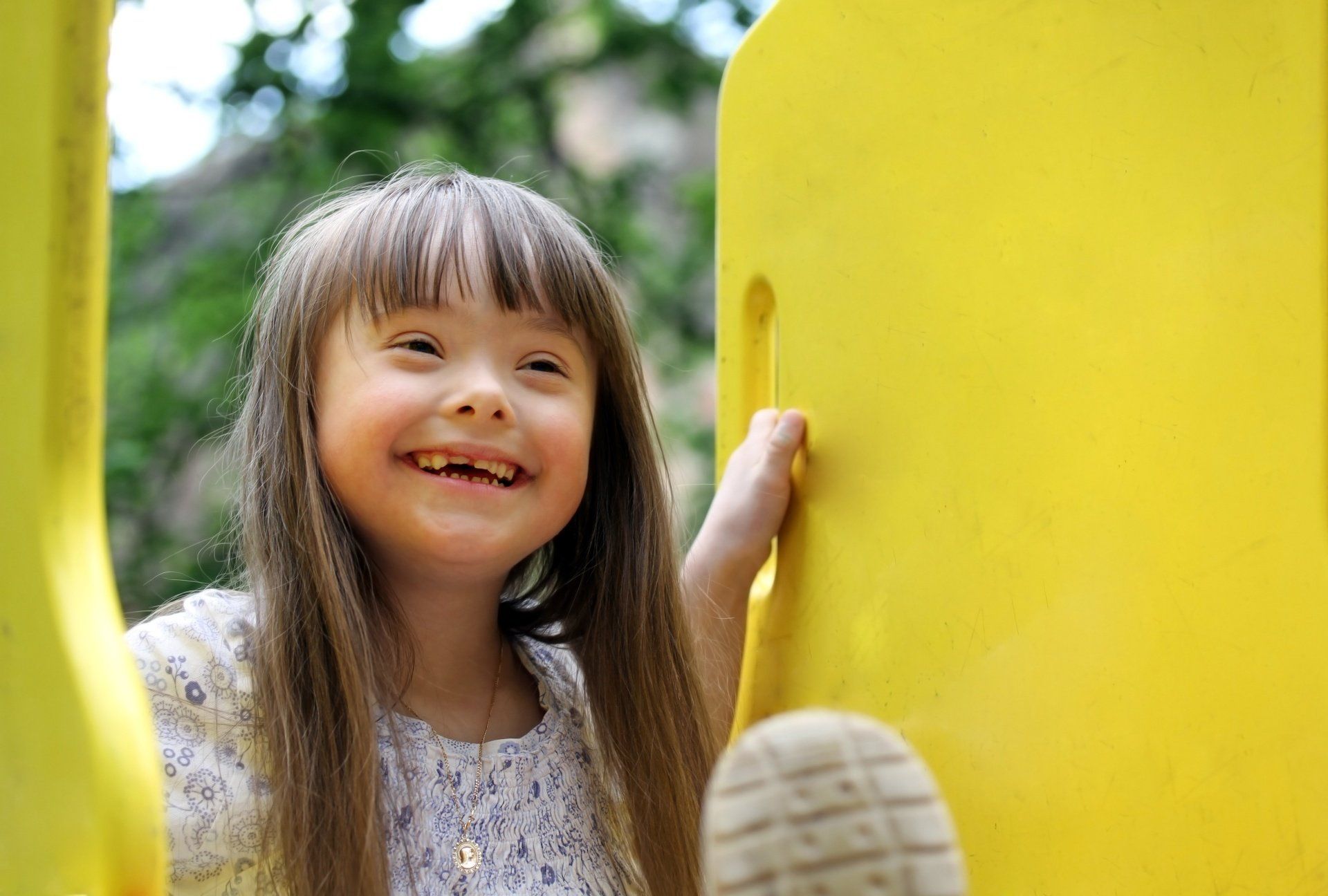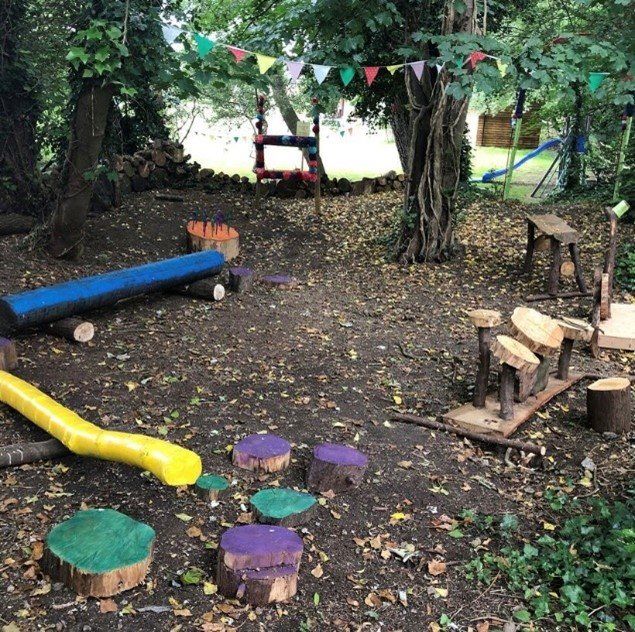Colour Psychology - Children's Bedroom
The Art (and Psychology) of Designing a Nursery That Grows With Your Child
Create zones for calm and connection
Every nursery benefits from a few defined areas:
- Sleep: keep this zone visually quiet and consistent in tone.
- Care: practical, well-lit, and easy to access.
- Play: introduce gentle stimulation through patterns, textures, and sensory objects.
Even in a small room, these subtle boundaries help babies (and parents) feel more settled.
A nursery is more than a room. It’s where early memories are made, where your baby learns to feel safe, and where your own rhythm as a parent begins to unfold.
If you’d like expert guidance, OAT Interiors offers Colour Therapy sessions, in-home design consultations, and full design services to help you create a space that feels both nurturing and beautifully cohesive.
Ready to start designing your child’s sanctuary? Let’s create something timeless together. Find us at @oat.interiors and
https://www.oatinteriors.co.uk/ or email directly hello@oatinteriors.co.uk for a FREE Discovery chat
Designing a nursery is one of the most joyful parts of preparing for a new arrival — but it’s also a space that needs to evolve. Beyond beautiful wallpapers and miniature furniture, the choices you make in this room can gently shape how your little one feels, sleeps, and plays.
As a designer, I often remind parents that children experience colour, texture, and light differently from adults. A thoughtful nursery isn’t just about aesthetics - it’s about creating a sensory environment that supports calm, curiosity, and comfort.
Start with colour psychology
Colour plays a powerful role in early development. Soft neutrals like warm whites, beige, and muted greys provide a calm backdrop that helps babies feel safe. Add subtle warmth through earthy tones — think clay, blush, sage, or soft ochre — to evoke comfort and connection.
If you prefer a bolder palette, balance is key. Gentle blues promote relaxation and better sleep, while sunny yellows can lift mood and encourage playfulness. Avoid overstimulating brights on all walls - instead, introduce them in artwork, textiles, or toys that can evolve as your child grows.
Prioritise natural materials
Babies are extra sensitive to their environment. Choose low-VOC paints, natural fabrics, and solid wood furniture where possible. Beyond being healthier, natural textures (like linen, rattan, and wool) help regulate temperature and bring a sense of warmth that synthetic materials often lack.
